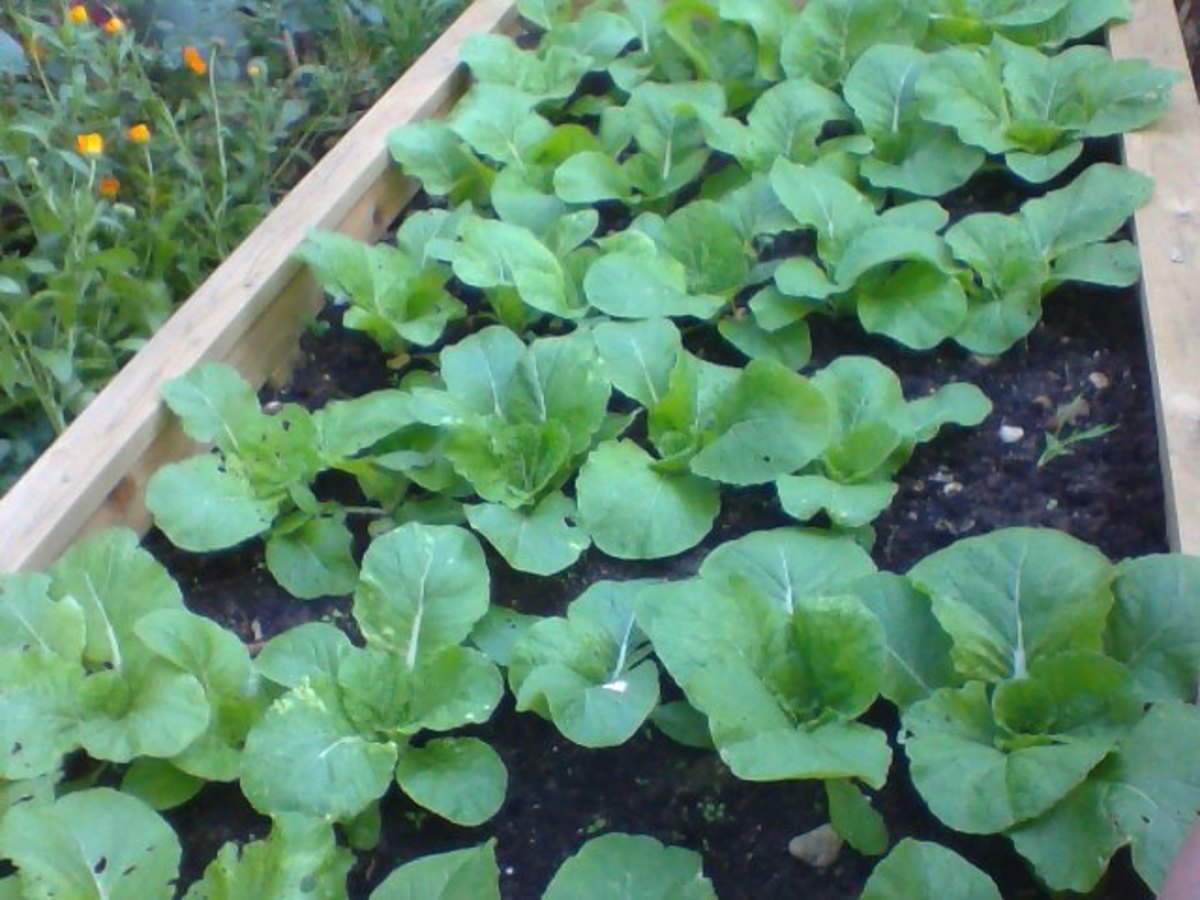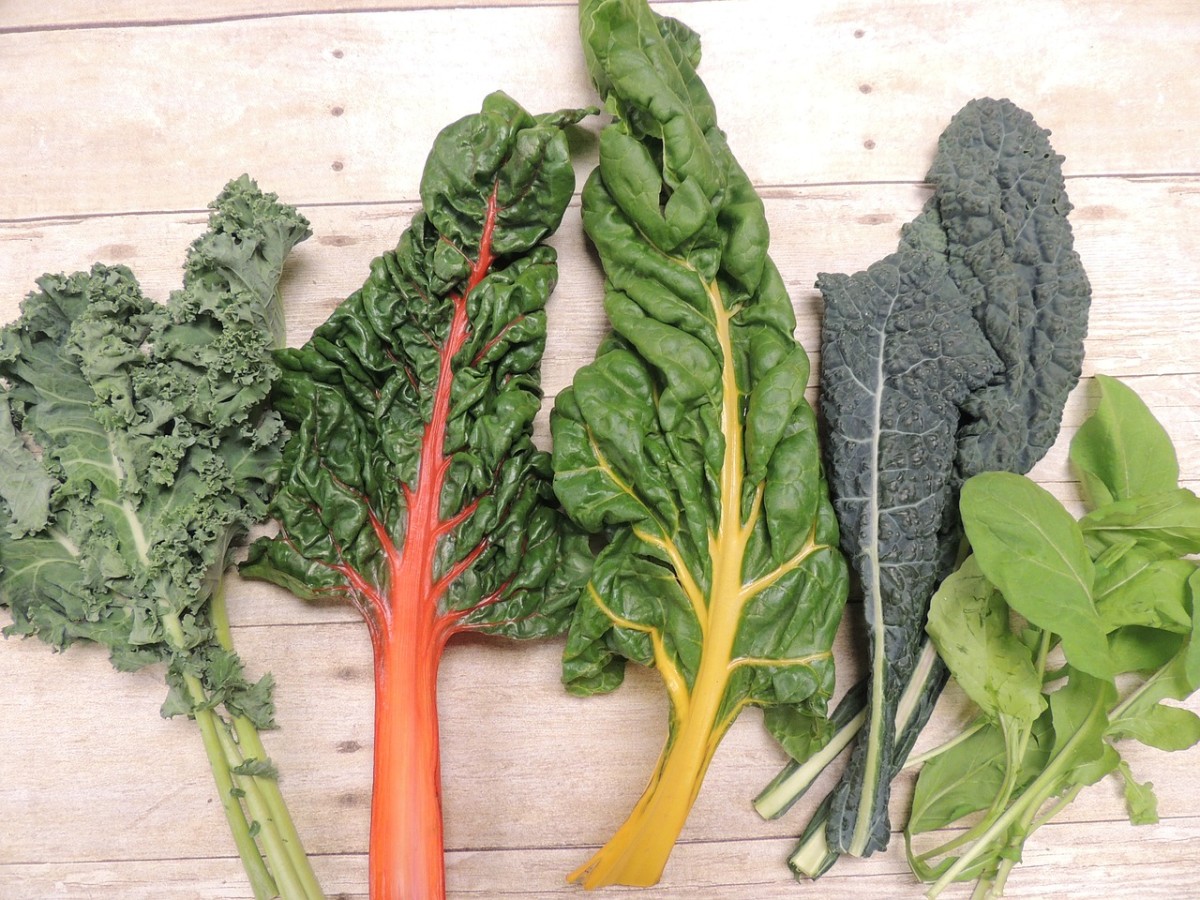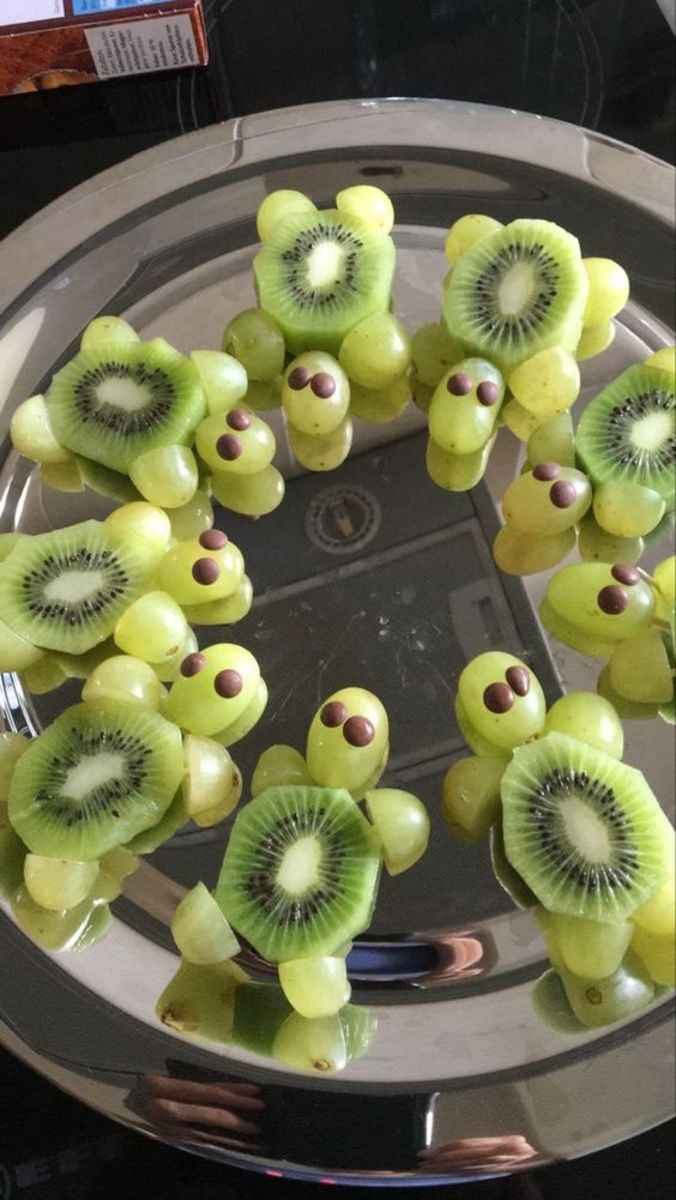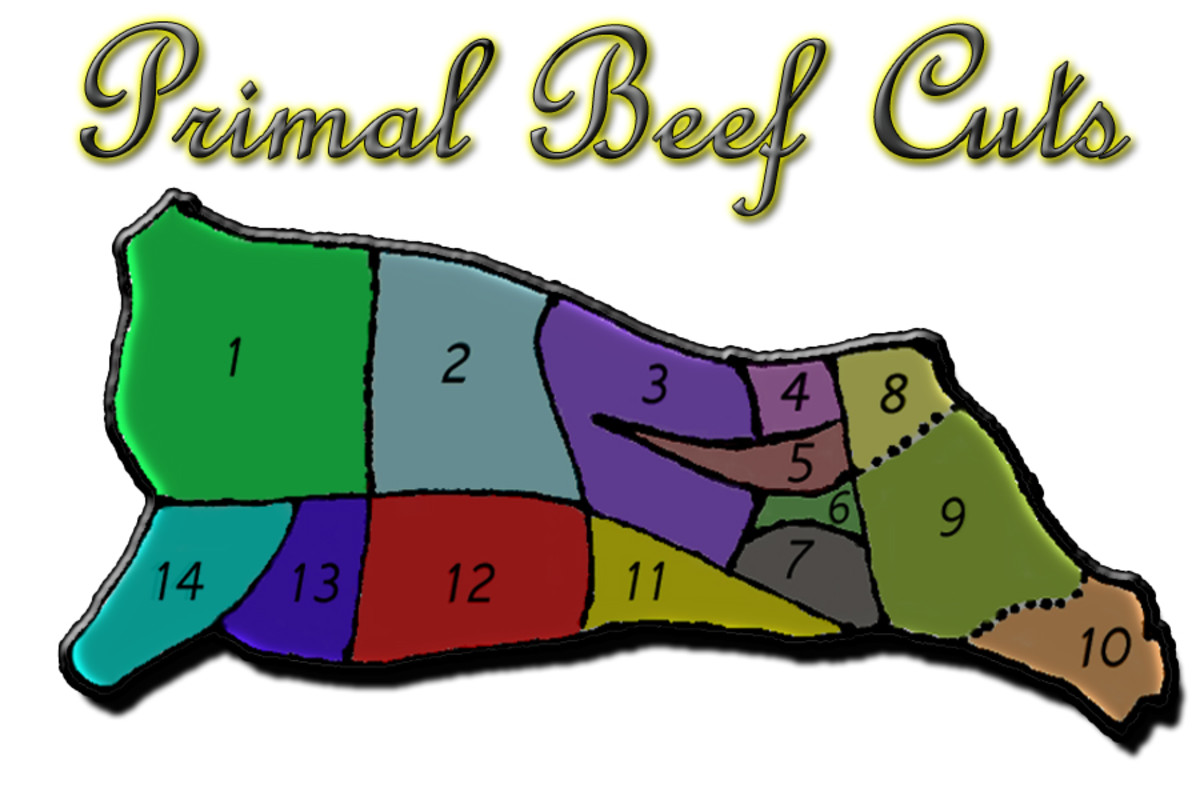Bok Choy 101 with recipes
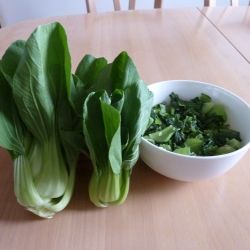
How to Cook Bok Choy? Let me count the ways!
Did you know that there are dozens of kinds of Chinese cabbage? It's true. And there are many ways to cook it.
I have some favorites, so in this lens I am going to share all the different kinds of Chinese cabbage, and two recipes. I hope it will be an encouragement to you to try the Chinese cabbage you can find in shops near you.
In China, there are many kinds of "cabbage" and the name may vary from place to place. Maybe you didn't know, but there are 14 language groups and some 2,000 plus dialects in China. That is why we have "Bok Choy" and "Bai Cai" as two names for the same cabbage. (And to confuse you more, you may hear the name Napa, which comes from the Japanese.) On top of that, most of the Chinese cabbages remain unnamed in the US because they have no English name.
The photographs in this webpage are all copyright Elyn MacInnis, If you link the photo back to my web page and give credit, I will be happy to have you use them.
Bok Choy - Bai Cai - Napa - The name means "White Vegetable"
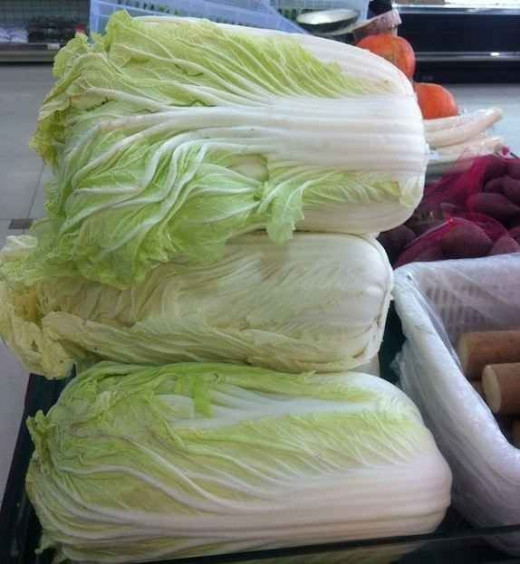
Well - it is white! And becomes yellow or green at the tips. This beautiful vegetable is a trooper, and lasts through the coldest weather without rotting. And these are all names for the same vegetable, on in Cantonese, one in Mandarin, and one in Japanese.
A Cabbage Story
When we first arrived in China the government provided a certain amount of cabbages for each family for the winter. Trucks would line up outside the town on a certain day in the fall, and when the proper hour arrived, they would flood the city with cabbages, which were piled up on street corners in huge cabbage mountains which would then be distributed. Twenty years ago people in the north ate lots of bok choy / bai cai in the winter, making up about 95% of the vegetables in their diet.
In the 1990s plastic covered greenhouse technology became available, and even with the cold weather, farmers were able to grow vegetables of all sorts even in the cold weather. But you will find many families who will have a pile of bai cai on their porch "just in case" they don't get to the store during the winter months.
Cook Time
Prep Time: 15 minutes washing and chopping, 5 min stir frying
Total Time: 20 - 25 minutes
Serves: 4-6 people depending on what size serving you want
Ingredients
- 2 and 1/2 pounds of baby bok choy or larger bok choy cut into 2 inch pieces.
- 2 -3 tablespoons minced fresh ginger
- 2 -3 tablespoons of minced scallions
- 1 tablespoon minced garlic
- SAUCE
- 3 -4 Tablespoons soy sauce
- 2 tablespoons Chinese black vinegar - balsamic vinegar - or rice wine vinegar
- 1/2 -1 tablespoons sugar - or more - depending on your taste
- 3/4 teaspoon hot garlic paste or red chili flakes
Instructions
- A wok is best for this recipe, but you can also use a big frying pan. Mixing is easier in a wok if you have one because the wok is bigger and your vegetables won't go flying out of the pan when you stir them around.
- Heat 1-2 tablespoons oil in pan
- Cook the ginger first for a minute or two
- Add the garlic and scallions
- Put the bok choy into the pan, and mix everything together
- Stir fry until the cabbage is just barely tender.
- Then add the dressing, and put into a bowl.
- The tastiness of the recipe depends on your not cooking the cabbage for a long time. It should be crispy and fresh tasting, not soggy and damp.
- There are ingredients in the raw cabbage that are not so good for you if taken in huge quantities, but most people wouldn't dream of eating 2 or 3 pounds of raw cabbage a day for many days, so don't worry about that!
Bok Choy or Bai Cai? - Are you from Canton or from Beijing?
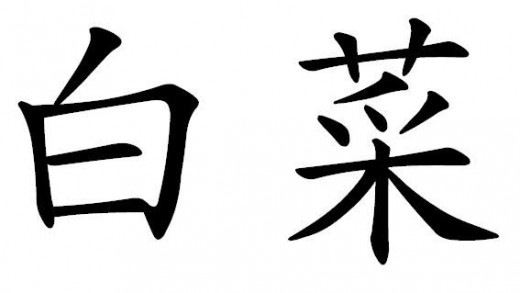
There are at least 14 language groups in China, and most of them would all have their own pronunciation for these two characters. But since the 1950s children have all been required to use Mandarin dialect in their schools, so most people in China would understand you only if you said Bai Cai. That is pronounced Bye Tsigh. (Like Sigh, but with a T sound put in front.). If you call it "Bok Choy" only those in the Cantonese speaking areas around Hong Kong will understand you.
Cabbage that has been salted for the winter - After it is salted, it is hung out to dry like laundry
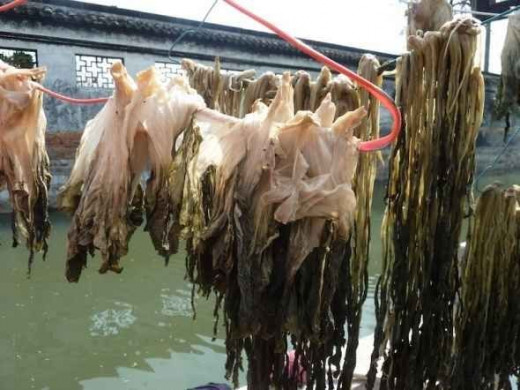
You can see two kinds of cabbage here. One with fatter leaves, which is Bai Cai, and the other with longer leaves, which is Qing Cai (Ching Tsai).
Why would anyone do this?
The cabbage keeps better if it is salted, and can be "revived" if you soak it and then mix it with tasty seasonings. This method dates back to the time when veggies were scarce in the winter. By salting the cabbage, it would keep much longer. In the days before people had refrigerators, salting vegetables was a real option.
Is this really bok choy? - Some call it that...
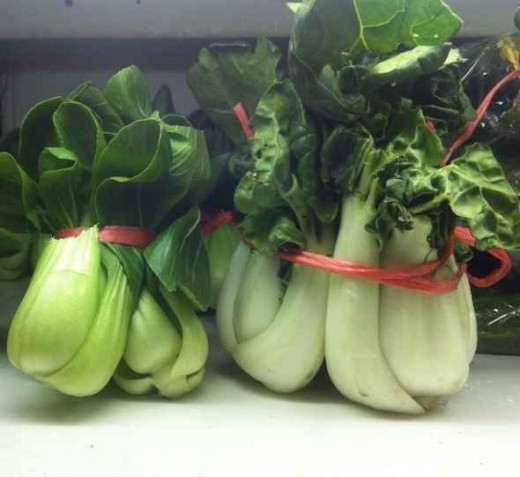
Actually, it is called Qing Cai in Chinese. That is pronounced Ching Tsigh. It means "green vegetable"!
There are two kinds of Qingcai shown here.
The one on the left is the most common one in China. The one on the right, which we are very familiar with in the US, cannot be found in northern China. In fact, Northerners swear that this "Chinese cabbage" actually came from America! They call it "Foreign Qing Cai." I suspect it is really from the south near Hong Kong. At any rate, the cabbage in the right side of the photo is very tasty, and you can use it in any recipe that calls for Chinese Cabbage.
Caramelizing ginger to add to Chinese cabbage recipes - This is one flavor that makes it great!
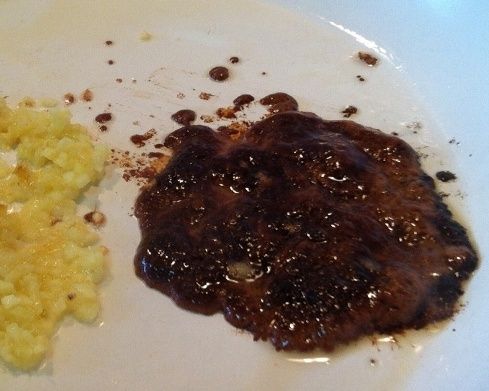
I am not sure when I learned to caramelize ginger. But it was a revolution for my Chinese cabbage cooking. We often have guests who are not wild about Chinese cabbage, but with caramelized ginger mixed in or on top, they really enjoy it.
This photo below shows the ginger in the skillet, along with the dark brown sugar. If you heat the sugar in oil, it gets hot enough to caramelize.
I like to put the ginger in first, and then add the brown sugar to it and mix it all up. Then when it gets hot enough the brown sugar caramelizes right onto the ginger. In this photo I just wanted to make sure you could see how the sugar bubbles. Do you see it?
If you want to add caramelized ginger but are in a huge hurry or can't do it for some reason, you can always add crystallized ginger minced into fine pieces.
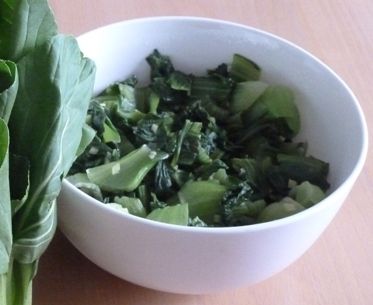
Chinese Green Cabbage (Qing Cai) with ginger - My favorite way to cook the "green" version of Chinese cabbage
I love this vegetable. And the best preparation is simple.
Since cabbage shrinks a lot when cooked, you need to begin with a lot in order to end up with enough for everyone.
Ingredients
- 4 medium qing cai per person - less if they are larger - more if they are smaller
- 1 -2 tablespoons minced ginger - or ginger powder
- dark brown sugar - preferably from China because it has more molasses
- pinch of salt
Instructions
- 1. Wash the Qing Cai well and let it drain. Then cut into 1-2 inch lengths.
- 2. Prepare your minced ginger. Make thin slices, then cut into ultra thin long strips, then mince off tiny squares. If you like ginger, make more. If you are not crazy about it, make less, or use a little ginger powder instead.
- 3. Put a small amount of oil in a wok or large frying pan. Add in the ginger and cook briefly. Then add a teaspoon or so of dark brown sugar and wait for it to turn to liquid and begin to caramelize. Make sure the ginger is coated with the sugar, but don't let it burn.
- 4. Quickly add in the Qing Cai, and stir until cooked. Sprinkle a pinch of salt and you are ready to eat!
In the spring the qing cai is fresh and green in the market
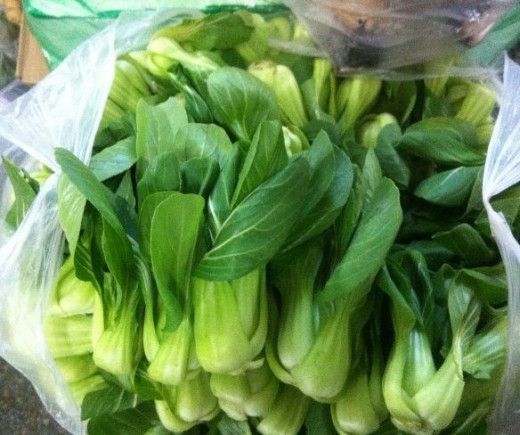
Other good recipes for Chinese Cabbage
- Million Dollar Chinese Cabbage Salad
Kids like this one a lot! - Favorite Bok Choy recipe
Except for the addition of Chinese sauces, this one is quite Mediterranean.
There are other forms of Chinese Cabbage - This one is called Ta Cai (pronounced Tah Tsigh)
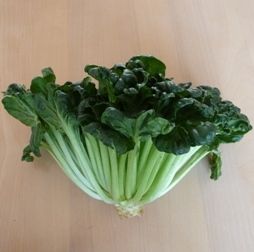
I love all the different kinds of Chinese cabbage. This one in particular is a favorite. You can find it in the winter months in most of China.
Ta Cai is wonderful cooked with caramelized ginger, like the recipe for Qing Cai with Ginger above.



